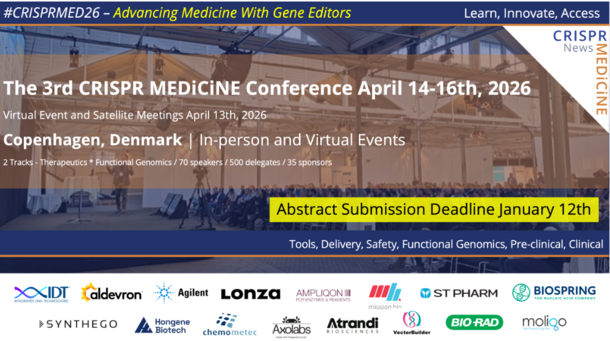Age-related macular degeneration (AMD) is an eye disorder caused by genetic and environmental factors. AMD is one of the leading causes of vision loss in older people. Mild symptoms may manifest in an individual's forties or fifties, with distorted vision or vision loss usually prevalent in a person’s sixties or seventies, which progresses over time. Vision loss in AMD is caused by a gradual degeneration of light-sensing cells in the macula, a small area at the centre of the retina that detects light and colour. The macula is responsible for central vision. AMD primarily affects central vision, impairing an individual's ability to read, write, drive and recognise faces. Peripheral and night vision are usually unaffected, but a slower adjustment of vision to darkness and dim lights is often present during the early stages of the disease.
AMD is categorised into two major types: the dry form and the wet form. Approximately 85% of individuals with AMD are classified as having dry-form AMD, which is characterised by a buildup of yellowish deposits called drusen beneath the retina and progressive vision loss. In advanced stages, geographic atrophy occurs whereby areas of the macula deteriorate completely, resulting in severe loss of vision. Vision loss often begins in one eye and progresses to include both eyes. In approximately 15% of individuals with dry-form AMD, the disease will progress to wet form. The wet form is associated with severe vision loss that exacerbates rapidly.
Wet-form AMD is also defined as exudative AMD or choroidal neovascularisation (neovascular).
